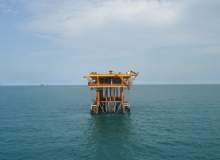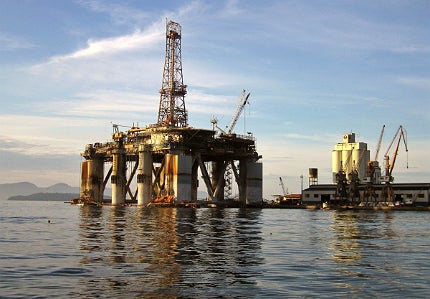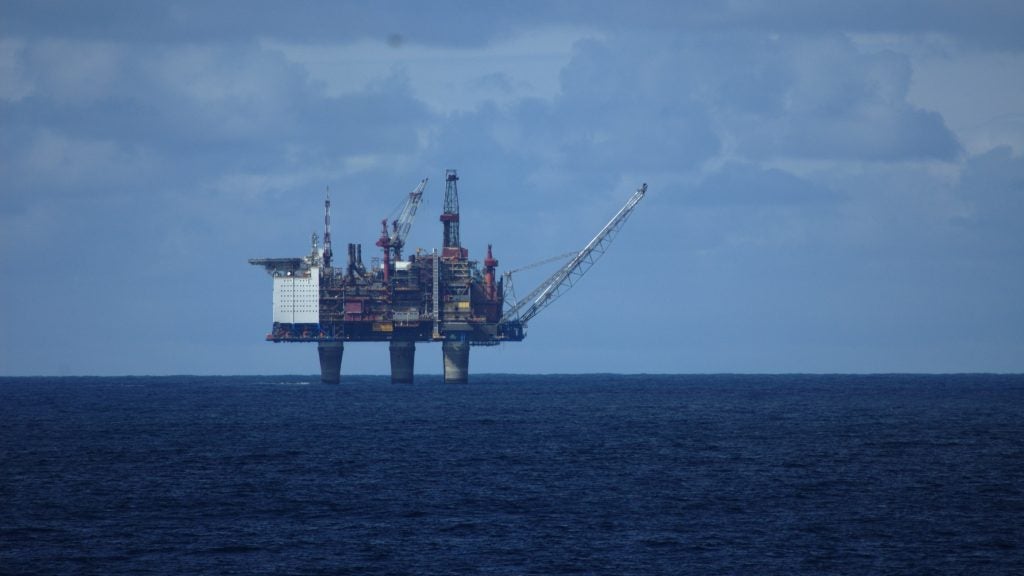

The blowout preventer used on the BP Macondo well contained a dead battery and a mis-wired solenoid – a fatal combination that resulted in the complex piece of machinery failing to stop the flow of oil and gas that triggered an explosion and fire on 20 April 2010, ultimately leading to the largest oil spill in US history.
This tragic incident, which killed 11 platform workers, injured 17 others and led to widespread environmental devastation and enormous financial consequences for the parties involved, is still reverberating around the oil and gas industry. The continued media coverage is a constant reminder that events that have an extremely low probability but extremely significant consequences can and do happen – if proper risk management procedures are not in place.
There has been one positive consequence of the disaster, however; since April 2010, offshore operators have been working hard to improve and reinforce their risk management practices, determined to avoid similar catastrophes in the future.
So what do these improved risk management strategies involve and who is responsible if something does go wrong? Elly Earls met global management consultancy A .T. Kearney partner and oil and gas expert Neal Walters to find out.
See Also:
Elly Earls: Have recent incidents, such as the BP Macondo spill, resulted in improved awareness of the importance of risk management across the oil and gas industry?
How well do you really know your competitors?
Access the most comprehensive Company Profiles on the market, powered by GlobalData. Save hours of research. Gain competitive edge.

Thank you!
Your download email will arrive shortly
Not ready to buy yet? Download a free sample
We are confident about the unique quality of our Company Profiles. However, we want you to make the most beneficial decision for your business, so we offer a free sample that you can download by submitting the below form
By GlobalDataNeal Walters: Absolutely. The Macondo incident highlighted the potential for events that have an extremely low probability, but extremely high consequences. The fact that a single incident could potentially bankrupt a company, ruin its reputation and result in criminal charges against executives – while causing loss of life and environmental devastation – is now forefront in the minds of industry executives.
Most companies are responding by strengthening and reinforcing their risk management practices, particularly in how potential events with an extremely low probability and extremely high consequences are treated in project development.
EE: What should an effective risk management strategy involve?
NW: There are three key factors which should underpin a risk management strategy for any project:
- The existence of a holistic risk management strategy that spans all stages of project development and operation. Factors that create risk occur at every stage of project development, so risk management can’t focus primarily on project execution
- A balance between technical and human factors. While technical processes, such as new technology qualification standards, are critical, analysis of historical data shows that an overwhelming majority of significant incidents are caused by human factors (for example, procedures not in place, out of date or not followed; poor interfaces and handoff between project and operations staff, and so on). Risk management systems that focus solely on technical factors will not likely be effective
- A balance between leading and lagging indicators. Too often, companies rely solely on lagging indicators (i.e. measurements of incidents and events that have already taken place) as a measure of their risk management effectiveness. However, as the majority of major incidents in an offshore environment are of the ‘very low probability with very high consequences’ type, the fact that a company has not had a major incident for a period of months or years is not a strong predictor of future risk. Key leading indicators – including measuring the existence of and compliance with risk management and incident investigation systems – are absolutely critical
EE: How important is it for operators to work with third parties to implement an effective risk management strategy?
NW: Third parties can help accelerate development and implementation of an effective system, particularly for companies that don’t have strong existing risk management capabilities across other areas of their business. One key area where third parties can be particularly effective is in providing an independent analysis of past incidents to confirm that a company is identifying and acting upon the true root cause. Often, technical and design issues are initially identified but, on detailed review of incidents over a period of time, human factors often emerge as the true systemic root cause.
Another critical aspect is maintaining independence between implementation of the system (and associated changes required to comply) and evaluation of its effectiveness – having the same person or department do both can result in significantly understating the risk.
EE: Is new legislation, such as new EU regulations that require oil and gas firms to prove their ability to cover potential liabilities deriving from their operations, likely to impact the industry’s risk management strategies?
NW: These and similar regulations will likely result in increased consolidation in the industry as only larger companies with strong balance sheets will be able to have the financial resources necessary to cover liabilities of the magnitude of an incident similar to the BP Macondo spill.
From a broader stakeholder perspective, this is likely a positive development. Again, using Macondo as an example, if a smaller company was the operator, they would likely face bankruptcy and potentially require clean-up and other incident related costs to be borne by other parties (an example of this is the recent rail disaster in Quebec, which involved a relatively small regional railroad who may not have the financial resources to bear the fines and other costs imposed on them).
EE: With regulations constantly evolving, how can offshore operators keep up?
NW: The best regulatory environments are those in which industry participants work hand-in-hand with regulators to develop, implement and monitor compliance with the new standards. Regulations are evolving in all industries (albeit some at a faster pace than others) – those industries that work with their regulators effectively, rather than having regulations ‘done to them’, are most likely to have a fair, but strong, regulatory environment in which to work.
EE: With many stakeholders involved in offshore projects, how important is it that risk management strategies are integrated and collaborative from the outset?
NW: Very important. Given the large number of parties involved in any offshore project, and the tendency for regulators and litigators to try to go after the party with ‘deepest pockets’ to bear significant portions of the cost of an incident, it’s important that all parties both have effective risk management systems themselves, and are confident that their business partners do so as well.
EE: To what extent should contractors share responsibility for managing safety and risk?
NW: All stakeholders need to share responsibility for managing risk – and make sure that their business partners are doing so appropriately as well. Positions like "well, I did my part, but an error on party x’s part was the main cause of the incident" aren’t likely to receive sympathy from regulators and the legal system.
Related content
Safety first: US institute launched to improve offshore safety
The US Bureau of Safety and Environmental Enforcement (BSEE) is launching an independent institute to improve safety practices across the offshore oil and gas sector. Elly Earls finds out how the new Ocean Energy Safety Institute could make a real difference to an industry with an increasingly poor reputation for safety.
Sea change: offshore safety and the legacy of Piper Alpha
The Piper Alpha disaster in 1988 shocked the world, and changed offshore safety management and legislation in the North Sea beyond recognition. Julian Turner charts the safety improvements that have taken place in the 25 years since the worst accident in the history of the oil and gas industry.
Roundtable: mitigating oil spill risks as operators drill deeper
As new offshore leases become available, experts are sounding the call for improved disaster oversight. Sarah Blackman speaks to a panel of industry executives to discuss the importance of risk management in preventing oil spills.






